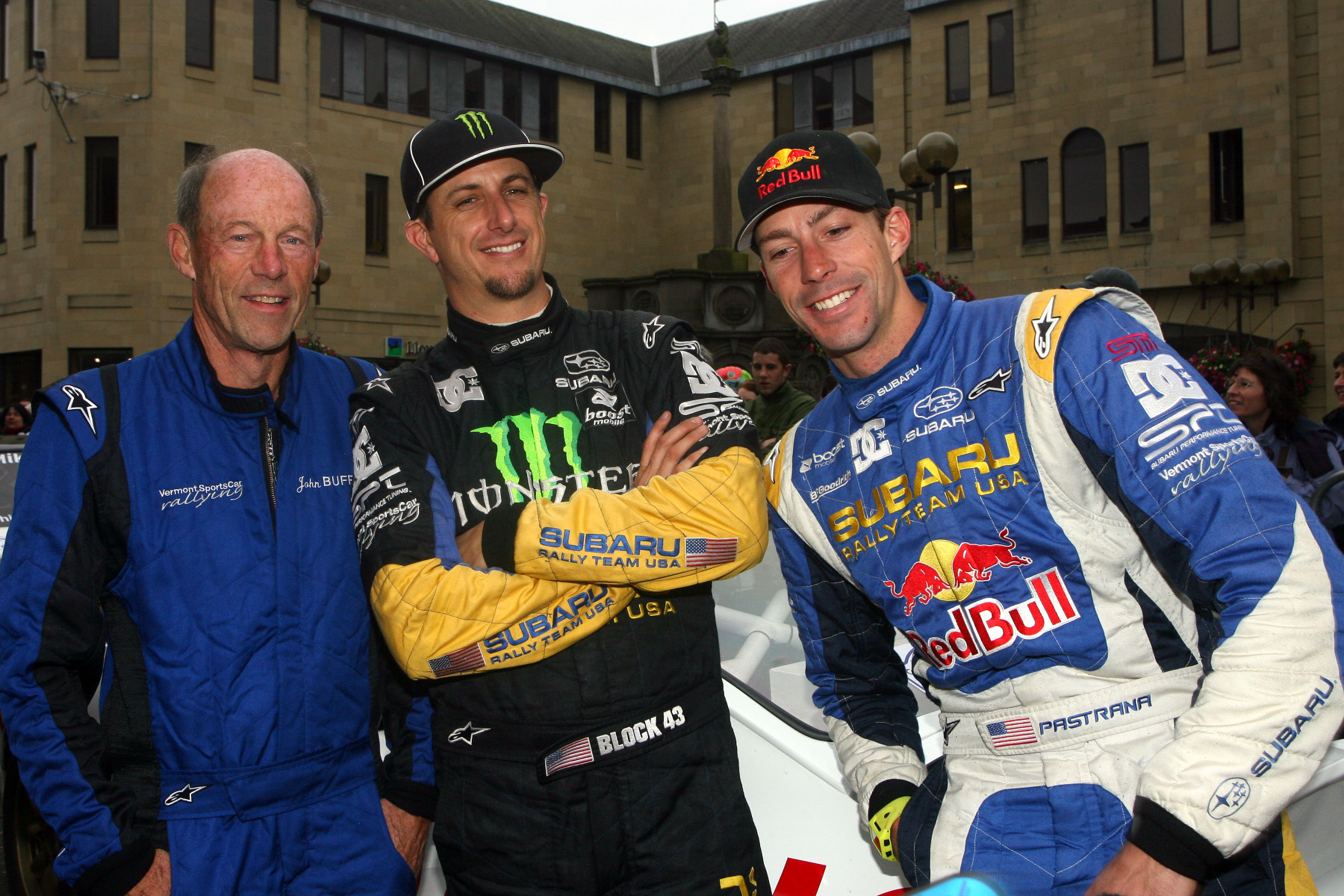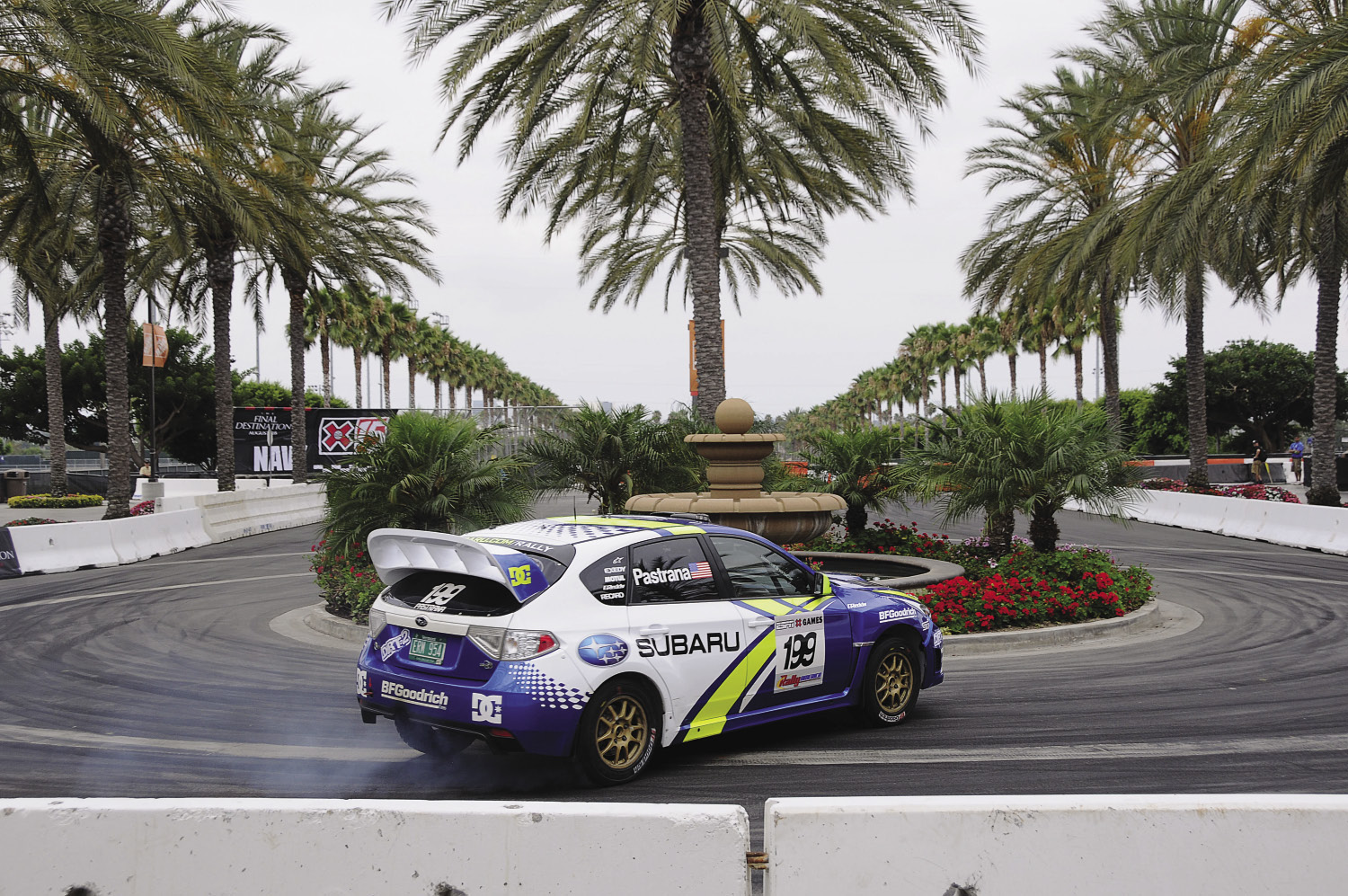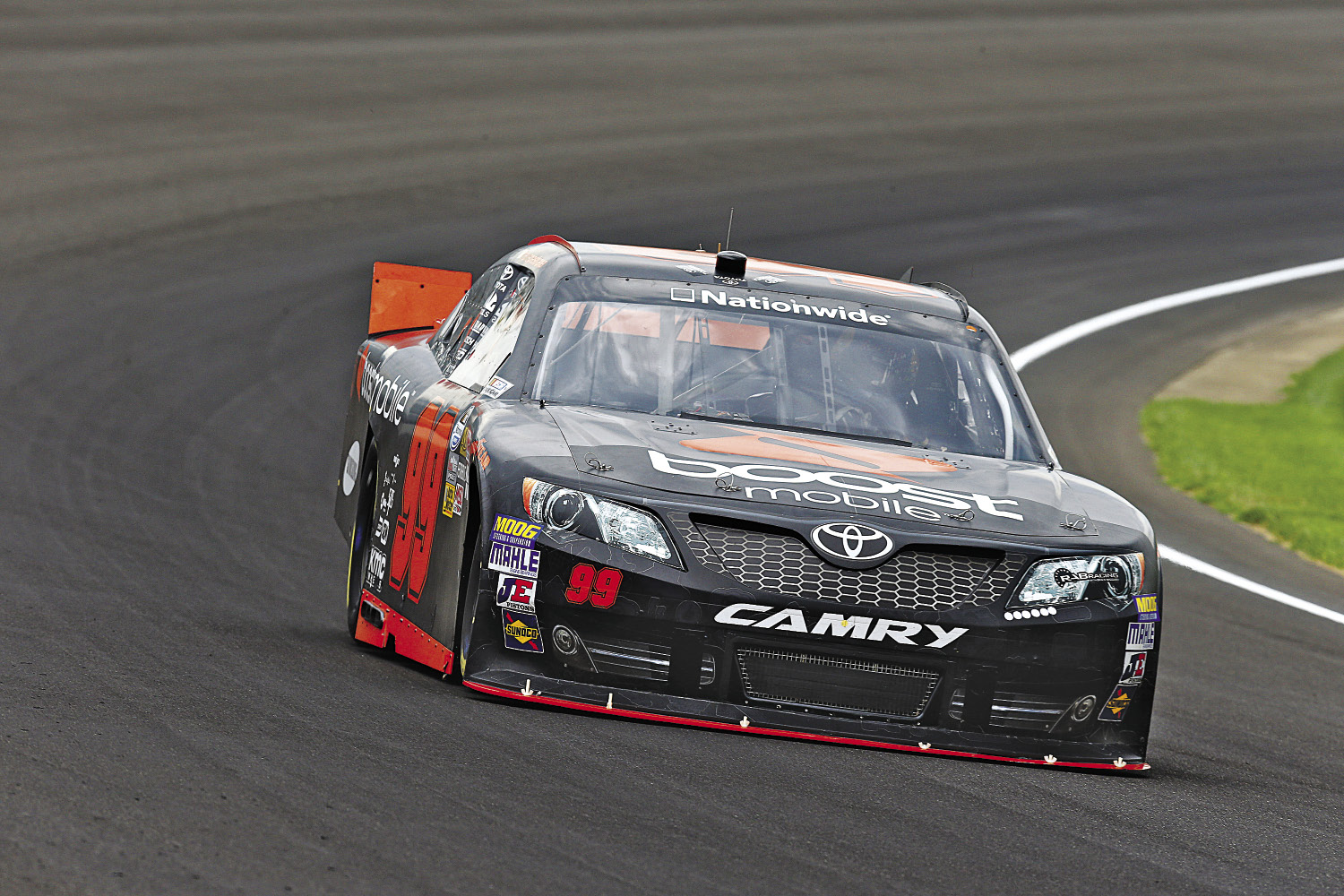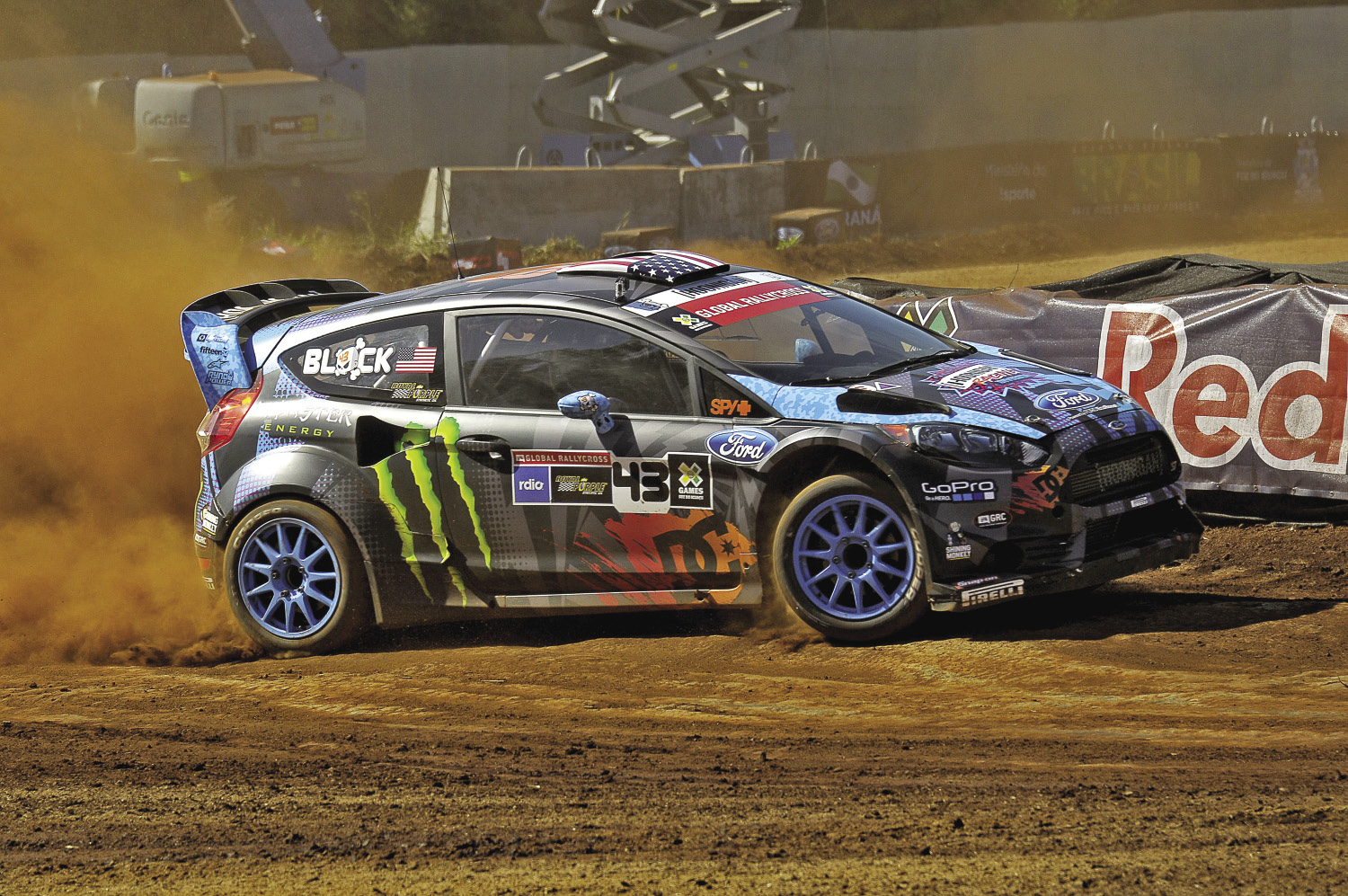
Is flat-out fast the way to the top?
There are two kinds of top racing drivers, winners and champions. And the surprising thing is that it isn’t raw speed that differentiates the two.
To become a champion, a driver first needs to learn where the limit is. Legendary American rally driver John Buffum has a theory that a developing driver will discover the limit one of two ways: by edging cautiously toward it, or by obliterating it – repeatedly. Edging toward the limit, pushing harder every lap while staying within the comfort zone, is what many privateer drivers (limited by budget and resources) have to do. “You can work your way up and you can become really good,” offers Buffum, but he doesn’t think that champions are typically cut from that cloth. “Or you can do the Colin McRae attitude, where they go maybe too fast and then they say, ‘That’s a little bit too fast,’ and they pull themselves back,” says Buffum. “It costs more that way, but that’s maybe a better way to go.”
The limit is personal and, in order to really pinpoint its location, Buffum argues, drivers must cross it. And when that happens it’s usually spectacular and perhaps backwards. Consider the most successful drivers in your motorsport of choice; chances are, their early competition histories include a few big wrecks. (Maybe that’s even why you like them so much.) During his career, McRae combined spectacularly fast drives with big offs and was saddled with the nickname “McCrash.” Buffum himself earned the nickname “Stuff-em Buffum.” Travis Pastrana’s famous seven and three-quarter rollover at the Colorado Cog Rally in 2005 (YouTube it) marked a turning point in his career – literally. The following season, he became a consistent top finisher and scored his first of four-straight U.S. championship titles.
When I started driving a rally car, I had to edge toward the limit from the safe side. I made an investment in a well-built production class car and campaigned it first regionally, then nationally in Canada. My day job as a journalist paid my bills, but the care and feeding of even my modest race car was a stretch. And while I’ve had some success in raising sponsorship for talented top competitors, I never could muster up the gumption to start asking people for much money on my own behalf. So, I was a rally driver on a budget. I would never even get close to the limit behind the wheel because my internal monologue sounded like this: “Crap! That shift didn’t feel right; it’s going to be tough to find a cheap gearbox. Uh-oh, did I tap the fender there, or just the bumper? Jeez, I hope the door didn’t get a ding.” (And lest you accuse me of comparing myself to the late, great McRae, I will be the first person to admit that all the money and fearlessness in the world would never have made me that good. Talent plays a critical role in this equation and I don’t have it.)
You don’t have to have unlimited resources to race but, as Buffum points out, crossing the limit on the road to becoming a champion can be expensive. Teams who foster development expect to go through a few cars. The owner of Vermont SportsCar, the team that launched the careers of both Pastrana and Ken Block, once famously shrugged off yet another wreck, saying: “Fast guys crash.”
I’ve driven flat-out fast exactly once, in a race that I figured would be my last in a car that I could afford to retire. It was amazingly fun and I learned more in that one competition than I did in the dozen that preceded it. But just because you can afford to crash doesn’t mean you should. At least, not if your goal is to become a champion. Although the limit is usually discovered in the midst of maximum attack, that’s the risky way to win championships. Once a driver has confidently determined the location of the limit, knowing how close to get to it is the real wisdom that separates winners from champions.
 |
 |
It may seem counter-intuitive, but driving flat-out all the time isn’t usually a championship-winning strategy. An always flat-out driver can be a winner, but that person will struggle to win a championship because crashing over the limit costs championship points. Champions know where the limit is and respect it. They are strategic and push their equipment only as hard as necessary. Sometimes, especially in endurance racing, winning is about driving 70 or 80 percent of the maximum possible speed and holding just a little in hand to guarantee safe arrival at the finish line and maximize championship points. If the goal is a championship, that might even mean sacrificing the occasional win.
So, the next time you set the odds for your favourite racing series, consider the winners and the champions, the flat-out crashers and the moderate mid-packers. You may find the driver on top at the end of the season isn’t the one you picked to win each race. But watch those crashers. When they learn to rein it in, they’ll be unstoppable.
Photography by LAT Photographic






















